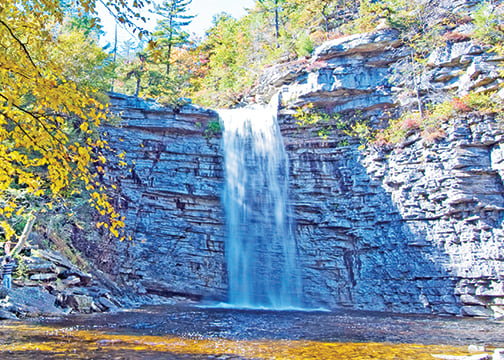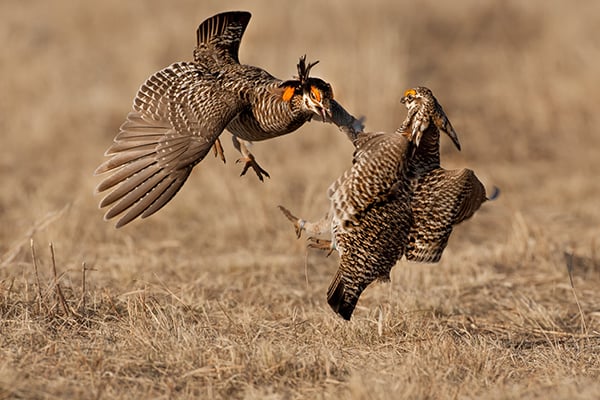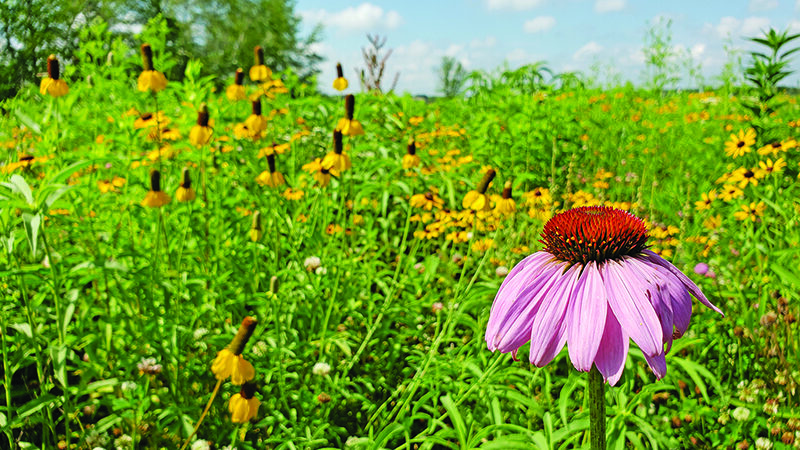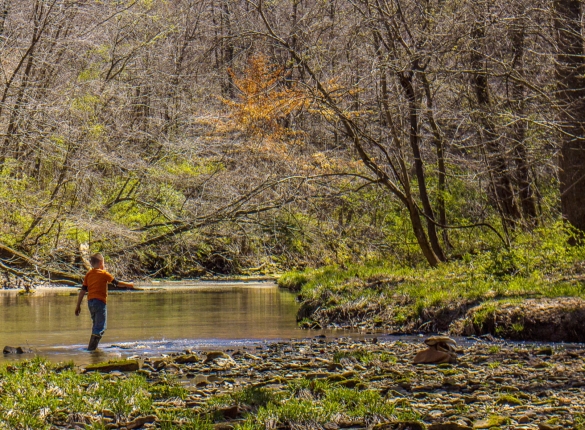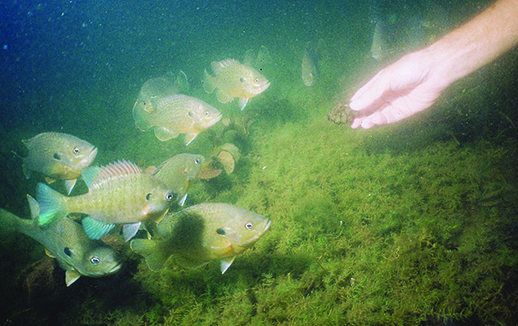Commentary: It’s time to establish a hunting season for Wisconsin’s sandhill cranes – Outdoor News
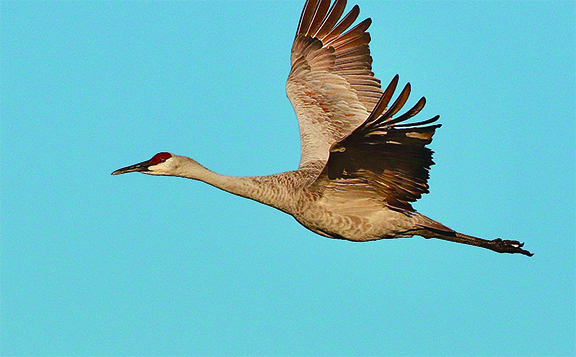
If you want to know what’s happening in rural America, ask a farmer.
Right now, if you ask Wisconsin’s corn growers and potato producers, they’ll tell you our state has a sandhill crane problem. The population of sandhill cranes has quadrupled over the past two decades, and crop damage caused by the big birds has reached an estimated $2 million annually in Wisconsin.
Unless we find solutions soon, the burgeoning population of sandhill cranes is on a pathway to become an even larger problem.
Hunters and conservation groups are advocating for a hunt to help manage populations through a carefully regulated season, but a hunting season needs legislative approval. Preservationist-minded anti-hunters haven’t offered any practical management solutions and are dug in against a hunt. Meanwhile, Wisconsin’s farmers continue to pay the ever-increasing damage bill.
RELATED STORY FROM OUTDOOR NEWS:
Wisconsin’s sandhill crane hunting season bill takes another step
As a result, a Wisconsin Legislative Council Study Committee on Sandhill Cranes convened monthly from August through December 2024 with the following scope: “The study committee is directed to review and recommend options for legislation relating to the management of Wisconsin’s sandhill crane population. The committee shall examine population trends and determine whether any changes to state law would effectively address the incidence and consequences of crop damage caused by sandhill cranes in this state. As part of a comprehensive review of policy options, the committee may consider whether the (DNR) should seek federal approval to establish a hunting season for sandhill cranes. The committee shall recommend legislation to manage the population of sandhill cranes and address the agricultural impact of sandhill cranes.”
MORE COVERAGE FROM WISCONSIN OUTDOOR NEWS:
Henry Repeating Arms moving full operation to northern Wisconsin
Henry Repeating Arms moving full operation to northern Wisconsin
Springtime fishing heating up on Mississippi’s Pool 4 in Minnesota, Wisconsin
The 12-member committee included four Wisconsin legislators – two Republicans and two Democrats – and eight public members. Of the public members, two are from conservation/environmental groups that are generally oppose hunting, while two public members represent pro-hunting conservation groups. Three public members represent farm groups, and the final member is a wildlife management professor.
The committee’s makeup was nicely balanced to represent a wide array of stakeholders. Reduced to simple terms, the committee was comprised of four pro-hunting members, four anti-hunting members, three farmers (none who hunt waterfowl) and a professor.
After five monthly meetings and a dozen presentations from experts, the committee voted 8-4 to recommend a bill that includes a hunting season and a reimbursement program for a chemical deterrent used on corn seeds. Importantly, a hunting season would also make damage done by sandhill cranes eligible for the state’s crop damage reimbursement program. As you might expect, the four pro-hunters voted in favor, while the four anti-hunters voted against. All the farmers voted in favor of the proposal, as did the professor.
The next step is for the Wisconsin Legislature to honor the study committee’s work by introducing and advancing a bill that would create a crane season.
Why a season?
The short answer is because wildlife populations always should be managed by sound science. Right now, emotional and irrational arguments are the only thing standing in the way of establishing a season.
Let’s look at the science and data. Because sandhill cranes are a migratory bird, their populations are managed on a continental level by the U.S. Fish and Wildlife Service (USFWS) and Canadian Wildlife Service. Sandhills are abundant, with an estimated population of 1.4 million in North America. Continent-wide, sandhill populations are strong and increasing.
The sandhill cranes we encounter in Wisconsin are part of the Eastern population, a distinct subgroup that nests primarily in Wisconsin, Michigan, Ontario, and Quebec, then migrates east and south to winter. Most of these sandhill cranes head to Florida when the snow and ice arrives in Wisconsin. USFWS data in 2023 puts the Eastern population count at 110,646.
The USFWS management plan for Eastern sandhill cranes established the threshold to have harvest at 30,000 birds. The population is nearly four times above the threshold and estimated to be growing 4.4% annually.
Sandhill cranes have become an overly abundant resource in Wisconsin. They ravage newly planted corn fields in May and June, ripping the new sprouts from soil to eat the seed on the bottom. Damage inflicted to corn crops is estimated at least $1 million a year in Wisconsin. Cranes also damage potatoes by spearing them with their beaks while foraging for insects. Potato damage is estimated at $900,000 each year, with another $100,000 of damage to other crops such as wheat, cranberries, and vegetables.
Anti-hunting preservationists aren’t proposing practical management solutions, only insufficient Band-Aids they believe will reduce crop damage. Ironically, those Band-Aids also include shooting cranes in the spring and summer under crop damage permits. In Wisconsin, 1,405 cranes were reportedly killed under crop damage permits in 2023. More than 10,000 sandhills have been killed in Wisconsin under crop damage permits in the past decade. All those cranes were left to rot in the field or thrown in landfills, as required by law under terms of damage permits. The number of damage permits continues to rise as the crane population increases, too.
So, anti-hunters are vehemently opposed to a limited Wisconsin crane season in October, but they’re seemingly indifferent to shooting those same cranes in May and June with .22s and then literally treating those birds like they’re garbage.
Killing cranes in May and June while affording hunters no opportunity during waterfowl season is illogical and an awful conservation practice.
Can you imagine if we applied the same strategy to deer in Wisconsin, allowing farmers to solve their own deer damage problems with rifles all summer long and then not having any fall deer seasons? That’s exactly what we’re doing with sandhills.
Wisconsin needs to manage sandhill cranes better than that. It’s time to give our DNR the authority to do so.
People opposed to a hunt continue to tout the increased use of Avipel, a seed-coating treatment that makes the planted corn seed taste bad to marauding cranes, thereby discouraging the birds to rip up more plants. It costs about $15 per acre to treat seeds.
As part of his 2025 to 2027 budget bill, Gov. Tony Evers acknowledged that Wisconsin has a sandhill crane crop damage problem by including $3.7 million annually to reimburse farmers at 50% cost share for seed treatments. While that helps some corn growers, it does nothing to manage a population that continues to add thousands more hungry birds each year.
Almost half (48%) of the $2 million annual crop damage attributed to cranes is potatoes, wheat, and crops other than corn. Avipel is only used on corn, so at most, treating seeds could afford 52% potential protection against crop damage caused by cranes. Wisconsin farmers plant 4 million acres of corn, so the reimbursement money would cover about 250,000 acres, or 6% of our state’s corn crop.
Essentially, Farmer Bob who uses Avipel to keep cranes from eating his newly planted corn crop is just transferring the problem to Farmer Joe a couple miles away whose field isn’t treated. And then what is Farmer Joe going to do? He’s going to get a crop damage permit, find his .22 and waste the sandhill cranes that are eating his corn next May. Avipel doesn’t protect potatoes, so Potato Farmer Fred must resort to a rifle as a solution, too. It’s his only option.
Under the governor’s budget proposal, farmers and taxpayers would split the crane damage bill. Without a sandhill crane population management solution, the crop damages will increase. So will the number of cranes lying dead in summer fields.
Instead of vilifying hunters who desire an opportunity to hunt an abundant game bird that’s already being legally hunted in 17 U.S. states, three Canadian provinces, and Mexico, why wouldn’t we enlist hunters as part of a wildlife management solution in Wisconsin, just like we do with deer, geese, turkeys, raccoons, etc.?
Sandhill cranes are exciting, challenging birds to hunt, generally requiring skillful strategies to successfully harvest them. As table fare, sandhill crane meat rivals the best cuts of beef and venison.
The goal isn’t a free-for-all season on sandhill cranes in Wisconsin. Rather, it’d be a carefully managed permit draw hunt that would result in the harvest of potentially 1,000 cranes a season, given an upper limit of 5,000 tags with an expected 20% hunter success rate.
During the 2023-24 migratory bird season, a combined total of 868 sandhill cranes were harvested in Kentucky, Tennessee, and Alabama, the three states that hunt Eastern sandhill cranes under a similar permit-draw system.
The number of permits available to Wisconsin hunters would be adjusted annually based on population dynamics and scientific wildlife management. All necessary parameters to ensure proper ID of the species and regulations enforcement would apply. The result would be a very conservative season that provides a sustainable population of sandhill cranes for all Wisconsinites to enjoy.
It’s time to set aside emotions and look at facts. We need to manage all wildlife using sound scientific data and common sense. Science and logic say we can – and should – have a hunting season for sandhill cranes in Wisconsin.
Wisconsin native Paul Wait is senior manager of communications for Delta Waterfowl. He served as a public member on the Legislative Council Study Committee on Sandhill Cranes.


